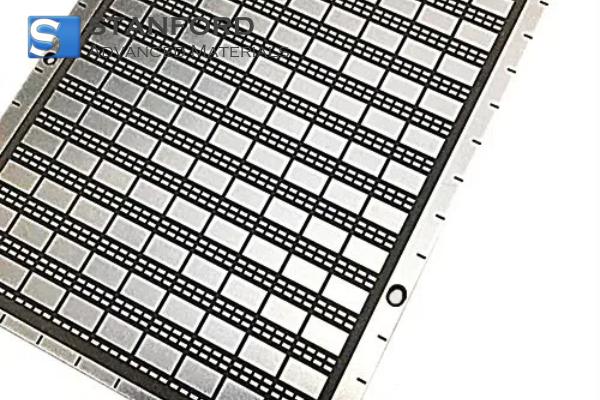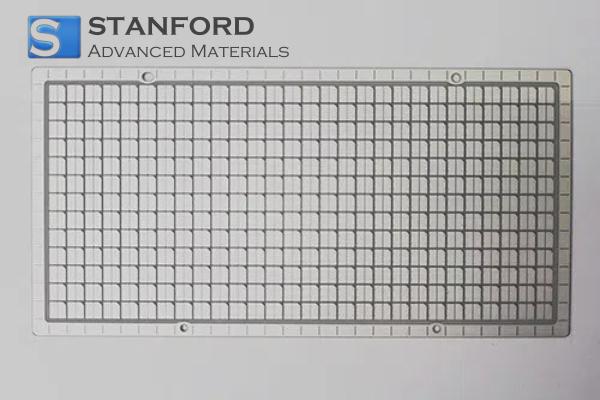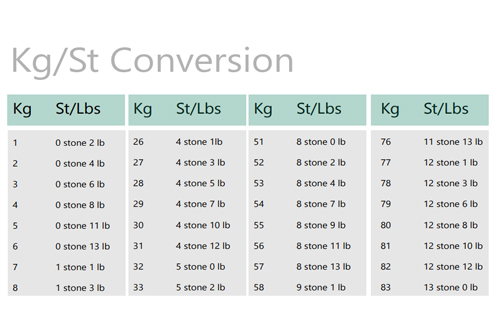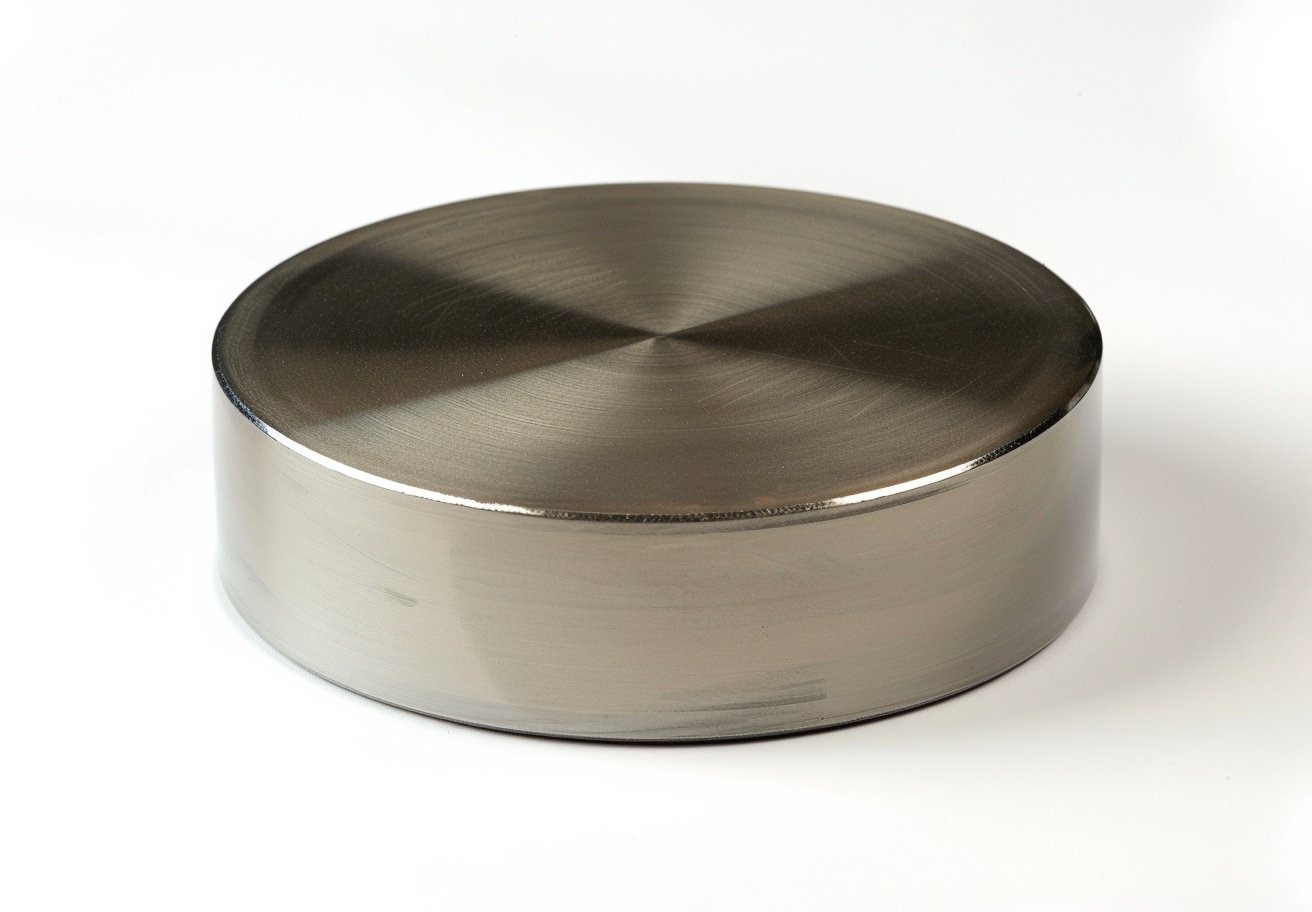Molecules: An Overview
Definition of Molecules
A molecule is the smallest unit of a chemical compound that retains its chemical properties. It consists of two or more atoms that are connected by chemical bonds. Molecules may be composed of atoms of the same element, such as oxygen (O₂), or of different elements, as in the case of water (H₂O).
Examples of Molecules
Molecules are found everywhere around us and play an important role in various chemical and biological processes. Below are some common examples:
- Water (H₂O): Water consists of two hydrogen atoms and one oxygen atom. It is necessary for all known forms of life.
- Carbon Dioxide (CO₂): This molecule comprises one carbon atom and two oxygen atoms and plays a significant role in the Earth's carbon cycle.
- Methane (CH₄): Methane is composed of one carbon atom and four hydrogen atoms and is a primary component of natural gas.
- Glucose (C₆H₁₂O₆): This monosaccharide serves as an important energy source in living organisms.
Atoms vs. Molecules
Understanding the distinction between atoms and molecules is fundamental in chemistry. While atoms are the basic units of matter, molecules are formed when atoms are joined together by chemical bonds.
|
Characteristic |
Atom |
Molecule |
|
Definition |
The smallest unit of an element. |
A group of two or more atoms that are connected by chemical bonds. |
|
Composition |
Consists of protons, neutrons and electrons. |
Composed of atoms of the same or different elements. |
|
Examples |
Hydrogen (H), Oxygen (O), Carbon (C). |
Water (H₂O), Carbon Dioxide (CO₂), Methane (CH₄). |
|
Chemical Bonds |
Individual atoms do not possess chemical bonds. |
They are held together by covalent, ionic or metallic bonds. |
|
Properties |
Exhibit properties unique to each element. |
Exhibit properties that differ from those of individual atoms. |
For further information, please visit Stanford Advanced Materials (SAM).
Molecular Bonding and Molecular Weight
Molecular Bonds refer to the interactions between atoms in a molecule, whereby electrons are either shared or transferred. The two primary types of bonds are covalent bonds, in which atoms exchange electrons (e.g. in water, H₂O), and ionic bonds, where electrons are transferred between atoms (e.g. in sodium chloride, NaCl). These bonds determine the structure, stability and properties of a molecule.
Molecular Weight (or molecular mass) is the sum of the atomic weights of all atoms in a molecule. In the case of Hyaluronic Acid (HA), for example, the molecular weight is calculated by adding the atomic weights of each element – hydrogen (H), carbon (C), nitrogen (N) and oxygen (O). A typical molecular weight for Hyaluronic Acid is between 10 000 and 1 000 000 g/mol, depending on the polymer chain length. The molecular weight is important for understanding the behaviour of the molecule in chemical reactions, its biological functions and its use in medical and cosmetic applications.
Frequently Asked Questions
What is the main difference between an atom and a molecule?
An atom is the fundamental unit of an element, whereas a molecule is a group of two or more atoms that are connected by chemical bonds.
Can molecules be composed of the same type of atoms?
Yes, molecules can consist of atoms of the same element, for instance O₂ (oxygen) or N₂ (nitrogen).
How are molecules formed?
Molecules are formed by chemical bonds, which may be covalent, ionic or metallic.
Why are molecules important in biology?
Molecules such as DNA, proteins and carbohydrates are essential for the structure, function and regulation of living organisms.
Can molecules change their structure?
Yes, molecules may undergo chemical reactions that alter their structure and result in the formation of new molecules.

 Bars
Bars
 Beads & Spheres
Beads & Spheres
 Bolts & Nuts
Bolts & Nuts
 Crucibles
Crucibles
 Discs
Discs
 Fibers & Fabrics
Fibers & Fabrics
 Films
Films
 Flake
Flake
 Foams
Foams
 Foil
Foil
 Granules
Granules
 Honeycombs
Honeycombs
 Ink
Ink
 Laminate
Laminate
 Lumps
Lumps
 Meshes
Meshes
 Metallised Film
Metallised Film
 Plate
Plate
 Powders
Powders
 Rod
Rod
 Sheets
Sheets
 Single Crystals
Single Crystals
 Sputtering Target
Sputtering Target
 Tubes
Tubes
 Washer
Washer
 Wires
Wires
 Converters & Calculators
Converters & Calculators
 Write for Us
Write for Us





 Chin Trento
Chin Trento



